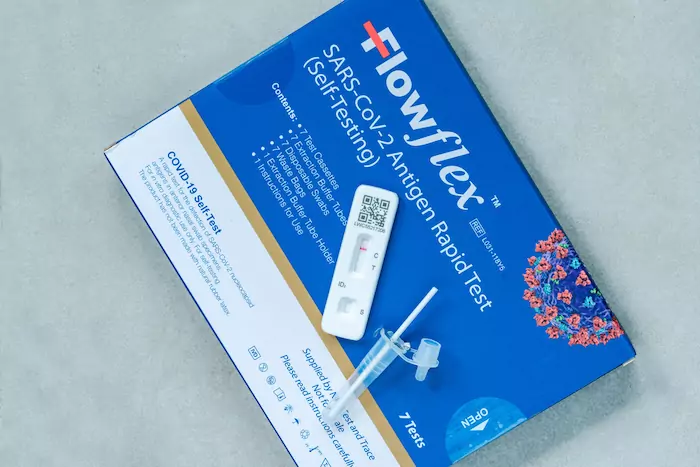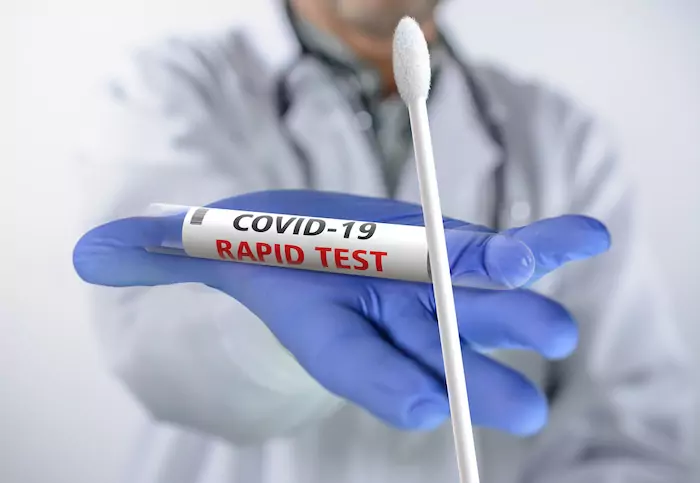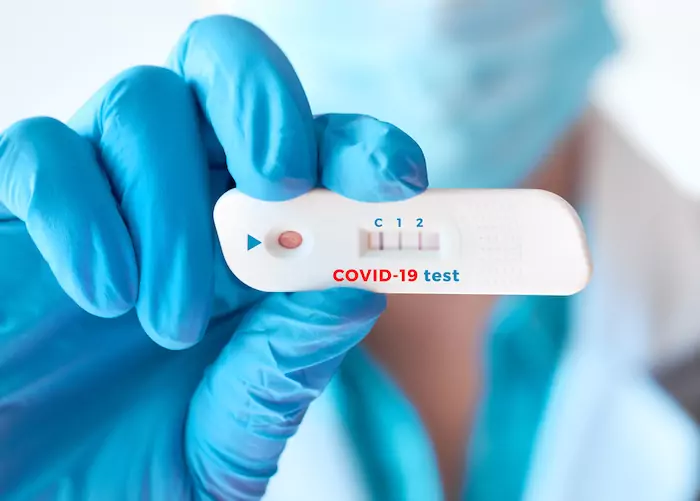When it comes to testing for COVID-19, two common methods are nasal swabs and saliva-based tests. Nasal swab tests often involve inserting a small swab into your nostril to collect a sample from the back of your nose. This is the technique used in the widely known PCR tests, which are praised for their accuracy.
In contrast, saliva-based tests require you to spit into a tube, making the process simple and less invasive. Recent studies suggest that saliva tests can be just as effective, especially if proper sample processing methods are applied. This makes them a good alternative for those who find nasal swabs uncomfortable.
If you need to test yourself frequently or want the convenience of checking your status at home, you can order Covid tests online. These tests can help you detect the virus quickly, giving you peace of mind and ensuring you take the necessary precautions to keep others safe.
What is the Difference Between a Nasal Swab and a Saliva-Based COVID-19 Test? Key Insights Explained
Foundations of COVID-19 Testing
COVID-19 testing is essential for identifying and managing the spread of the virus. Understanding the purpose of testing and the different types of tests available can help you make informed decisions about your health.
Purpose of Testing
The main purpose of COVID-19 testing is to detect the presence of the virus in your body. By identifying infected individuals, it helps to prevent further spread. Testing is necessary for:
- Diagnosing Active Infections: Identifying those who have COVID-19 enables timely isolation and treatment.
- Contact Tracing: Quick detection helps to track and control outbreaks.
- Assessing Immunity: Some tests can check if you have developed antibodies after infection or vaccination.
Regular testing can provide a clearer picture of how widespread the virus is in your community. It also helps in devising strategies for public health interventions. Rapid COVID-19 tests, such as the Lateral flow test, have significantly impacted the fight against the virus by allowing quicker results and new strategies to curb the spread.

Types of COVID-19 Tests
There are mainly three types of COVID-19 tests: Molecular Tests, Antigen Tests, and Antibody Tests.
- Molecular Tests: These include PCR tests and are highly accurate. They detect the virus’s genetic material from a nasal swab or saliva sample. PCR tests are often considered the gold standard for diagnosis.
- Antigen Tests: Often referred to as rapid tests, these detect proteins from the virus. They provide results quickly, often within 15-30 minutes. Like lateral flow tests, they are useful for frequent testing in various settings despite being slightly less accurate than molecular tests.
- Antibody Tests: These are used to determine if you have had a past infection by detecting antibodies in your blood. They require a blood sample and help to understand the level of immunity in the population.
Each type of test has its advantages and limitations. Molecular tests are more accurate but take longer to process. Antigen tests are quicker but less sensitive. Antibody tests help gauge immunity but do not diagnose active infections.
Comparing Nasal Swabs and Saliva-Based Tests
Understanding the key differences between nasal swabs and saliva-based COVID-19 tests can help you make an informed decision about which test might be best for your needs. This section will look at various aspects of both types of tests.
Sample Collection and Comfort
Nasal swab tests involve inserting a long swab into your nostril to reach the nasopharynx, which can be uncomfortable. Some people experience irritation or slight pain during this process. In contrast, saliva-based tests require you to spit into a tube, making them simpler and less invasive.
The ease of using saliva-based tests can be particularly beneficial for children and those who find nasal swabs challenging. Unlike nasal swabs, saliva tests don’t usually cause discomfort, making them more user-friendly.
Accuracy and Sensitivity
Nasal swabs have been the standard for detecting COVID-19 due to their high accuracy and sensitivity. They can detect the virus’s RNA with strong reliability. Some studies suggest that saliva tests may be less sensitive, although they still provide reliable results.
Saliva tests have gained popularity because they detect the virus effectively in many cases. Both tests look for the virus’s genetic material, but nasal swabs often provide a highly accurate diagnosis.

Timeframe for Results
Both nasal swabs and saliva-based tests can offer fast results, depending on the type of test. PCR tests, which can be done using either method, usually take 24-48 hours for results. Rapid antigen tests can give results within 15-30 minutes but are typically less accurate.
Saliva tests and nasal swabs used in self-testing kits can produce quick results. These kits are designed to be user-friendly and provide timely information for better management of the virus.
Accessibility and Convenience
Saliva-based tests offer greater convenience as they do not require specialised training for sample collection. This makes them ideal for at-home testing. Nasal swabs, while more widely available in clinical settings, might need professional administration for accurate sample collection.
Self-testing kits for both saliva and nasal samples are increasingly available, offering a convenient option for identifying COVID-19 infection. These kits can be bought over the counter and used in the comfort of your home.
Applications and Use Cases
Nasal swabs are commonly used in clinical settings and by healthcare professionals due to their high sensitivity. They are suitable for diagnosing active COVID-19 infections in symptomatic individuals. Saliva-based tests, due to their non-invasive nature, are often used in large-scale screening and for people with mild symptoms.
Both tests can be found in self-testing kits, which are required for remote monitoring of COVID-19. If you need reliable and accurate results at home, self-testing kits offer a practical option. These kits are designed to provide you with prompt results, helping you manage your health better. For more on the reliability and usage of self-testing kits, you can find additional insights about their accuracy and application.

Conclusion
You now understand the clear differences between nasal swabs and saliva-based COVID-19 tests. Nasal swabs involve inserting a swab into the nasal cavity, which some find uncomfortable. In contrast, saliva tests require you to spit into a container, which is less invasive.
Both methods are effective, yet people often prefer saliva tests for their ease and comfort. Despite the differences in procedure, both tests aim to accurately detect SARS-CoV-2. Choosing the right test depends on your comfort level and availability.

